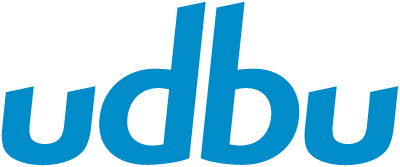Nanocoatings for Cutting Tools: Durability and Wear Resistance
Nanocoatings for Cutting Tools: Durability and Wear Resistance
Introduction
-
Modern metalworking requires precision and tool stability
-
Tool edge wear causes downtime and part defects
-
Solution: Nanocoatings that significantly extend tool life
What Are Nanocoatings?
-
Ultra-thin (tens of nanometers) multi-layer coatings
-
Applied using PVD or CVD technologies
-
Made of hard compounds: nitrides, carbides, oxides
-
Typically consist of 2–7 layers, each under 100 nm thick
Advantages of Nanocoatings
-
Improved Wear Resistance
-
Protects cutting edge from abrasive and adhesive wear
-
-
Reduced Friction
-
Lowers cutting forces and heat generation
-
-
Resistance to Aggressive Environments
-
High chemical and oxidation stability
-
-
Extended Tool Life (2–5×)
-
Especially effective with hardened steels, titanium, superalloys
-
Types of Nanocoatings
| Coating | Composition | Key Features |
|---|---|---|
| TiAlN | Titanium-Aluminum Nitride | Great heat resistance, universal use |
| AlTiN | Inverted Ti/Al ratio | Ideal for high-speed cutting |
| CrN | Chromium Nitride | Strong corrosion resistance |
| DLC | Diamond-Like Carbon | Ultra-low friction, great for non-ferrous metals |
| nACo® | Nanocomposite TiAlN/Si₃N₄ | Exceptional thermal and wear resistance |
Deposition Technologies
-
PVD (Physical Vapor Deposition)
-
Low temp, eco-friendly, excellent adhesion
-
-
CVD (Chemical Vapor Deposition)
-
Better for deep coverage and larger tools
-
-
Emerging: HiPIMS, ALD, nano-laminates
Examples & Case Studies
-
TiAlN-coated tools: +300% life when milling stainless steel
-
DLC coatings: minimize wear with copper/aluminum
-
Turning Inconel-718: nanocoated inserts allow higher feed and fewer vibrations
Choosing the Right Coating
| Workpiece Material | Recommended Coating |
|---|---|
| Carbon Steels | TiAlN, AlTiN |
| Titanium Alloys | nACo, AlTiN |
| Aluminum, Copper | DLC, CrN |
| Heat-Resistant Alloys | nACo, multi-layer AlTiN |
Future of Nanocoatings
-
Self-healing surfaces
-
Smart coatings that adapt to heat/load
-
Hybrid layers (PVD + ALD)
-
Nano-friction management technologies
Conclusion
-
Nanocoatings reduce tool cost and increase machining reliability
-
A well-chosen coating means better performance, less downtime
-
The future lies in adaptive and eco-friendly nanoengineering

